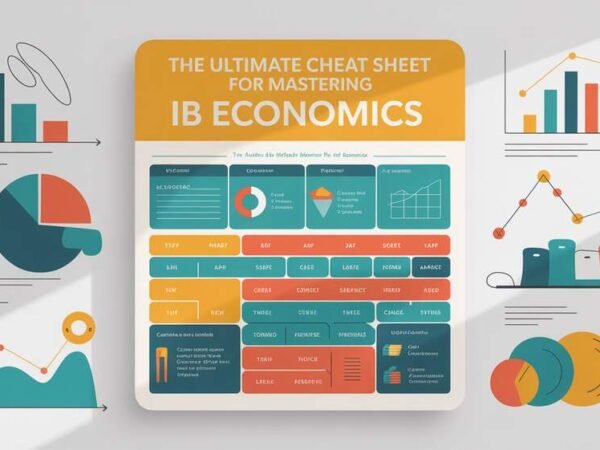Today, when discussing competitive exams, the ability to swiftly and accurately decipher complex data is the key to success. As exams become increasingly competitive, candidates must possess strong analytical skills to navigate intricate datasets effectively. This demands proficiency in various data interpretation techniques, including graphical representation analysis, visual data interpretation, and chart reading. Mastery of these skills equips aspirants with the tools necessary to excel in today’s competitive exam environment.
Among the various techniques aspirants employ, one of the veritable secret weapons is the pie chart data interpretation. Today, where information overload is a common challenge, mastering the art of data interpretation can significantly enhance one’s chances of achieving exam success. This also provides a clear advantage in efficiently navigating complex datasets and deriving actionable insights.
Understanding the Significance
Pie charts are not merely graphical representations but are fundamental tools for concisely conveying complex information. In a competitive examination, where time constraints are stringent and precision is crucial, the ability to interpret diagrammatic data proficiently is essential. Aspirants must comprehend the significance of each sector’s proportion and its relation to the whole, enabling them to extract valuable insights efficiently. This depth of understanding empowers candidates to approach numerical and analytical questions confidently and precisely, setting the stage for exam success.
Navigating Complex Data with Ease
Regarding competitive exams, candidates encounter multifaceted data sets demanding swift analysis within strict timeframes. Proficiency in data interpretation, particularly with diagrammatic data, streamlines this process, facilitating easy navigation through intricate information. By dissecting diagrammatic data, aspirants can effectively discern underlying trends, detect significant patterns, and pinpoint outliers. This enables them to make astute decisions and solve problems accurately within the allotted examination duration, maximizing their chances of success in competitive exams.
Strategic Advantage Over Competitors
Analyzing pie charts can give you an edge over other candidates in a test setting where every point matters. Candidates adept in this skill can swiftly dissect and interpret pie charts, leading to quicker and more accurate problem-solving. This fosters a sense of confidence and improves their overall performance, allowing them to secure vital marks and stand out among their peers. Through dedicated preparation and consistent practice, aspirants can transform diagrammatic data analysis into a formidable asset, positioning themselves for success.
Effective Preparation Strategies
To harness the full potential of diagrammatic interpretation as a secret weapon for competitive exams, aspirants need to adopt effective preparation strategies. Here are some tips to enhance your skills in this critical area:
- Familiarize Yourself with Different Types of Pie Charts: Understanding the various formats of pie charts, including single pie charts, double pie charts, and percentage distribution charts, is essential for comprehensive preparation.
- Practicing Regularly with Mock Tests and Sample Questions: Integrate these interpretation questions into your study regimen and regularly engage in mock tests to replicate examination scenarios, thus enhancing both your speed and accuracy.
- Develop a Systematic Approach: Develop a systematic approach for analyzing pie charts, including identifying critical information, interpreting sector sizes, and drawing conclusions based on the data presented.
- Utilize Shortcut Techniques: Learn shortcut techniques and mathematical tricks to solve pie chart interpretation questions more efficiently, saving valuable time during the exam.
- Review and Analyze Your Performance: After practicing diagrammatic analysis questions, review your performance, identify areas of improvement, and adjust your study plan to enhance your skills further.
Pie chart data interpretation is not just a topic to study but a crucial skill that can significantly improve performance in competitive exams. By mastering the art of analyzing and interpreting pie charts, aspirants gain a secret weapon to help them crack even the toughest exams. With strategic preparation, regular practice, and a systematic approach, aspiring candidates can harness the power of diagrammatic analysis to ace their exams and embark on a successful career journey.
Also Read Interesting articles at Disboard.co.uk













